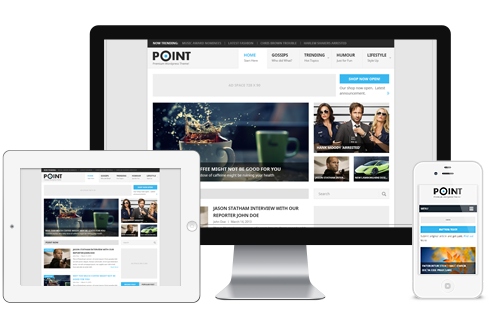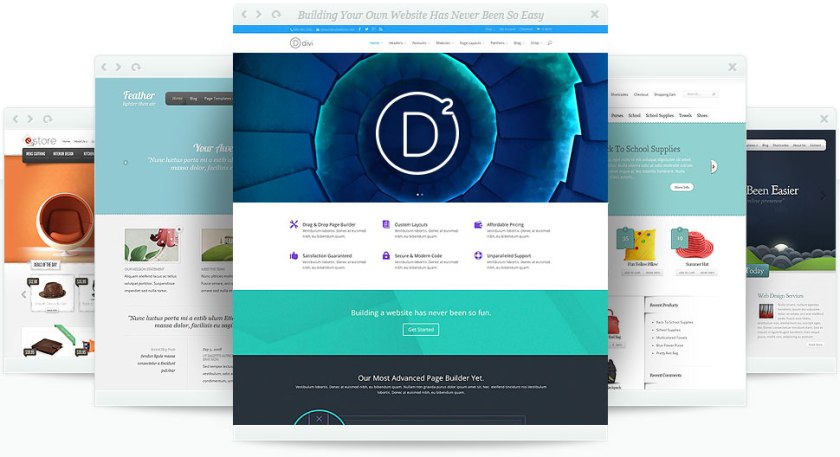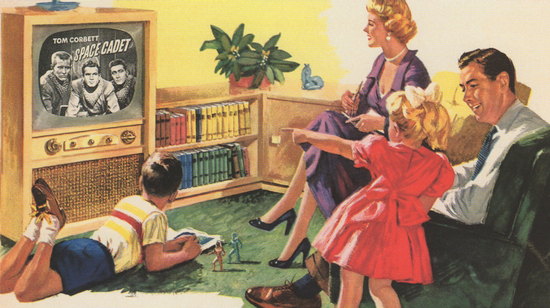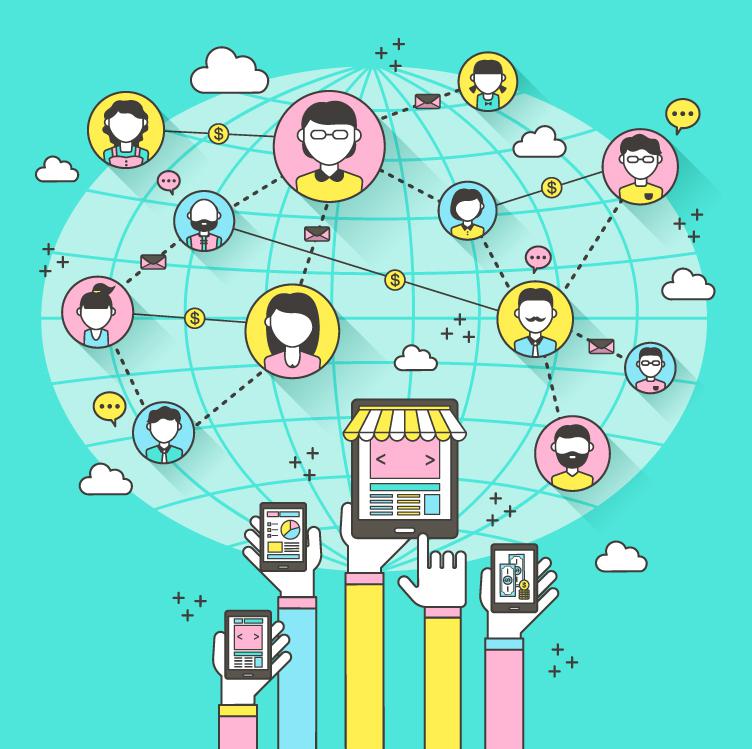This past weekend, I attended a Communications@Syracuse Immersion on Digital Trends Evolution. We heard from a number of speakers in the industry, ranging from topics such as Deep Fakes, Micro-moments, and AI. One presentation that stood out as something that I can apply to work was by Professor Gina Luttrell on Leveraging Social Media and PR. One of the first things Professor Luttrell said was to think about our pain points. Although I work for a huge organization (the University of California), my unit is a team of 7 people. We are also funded differently than other departments, so we are limited on how we can spend grant money. Before I started this role, the position was vacant for a few months. This meant that there was no communications person, and no one posting on social media or updating the website (my coworker filled in occasionally, but was wearing many other hats). When I joined in December, a couple of major goals that my boss had were to get a more active presence on Facebook and Twitter as well as make sure we have fresh content on our website. In the few months that I have been there, we are now getting ready to launch two new campaigns and websites.
These new campaigns will have a friendlier tone than our main website and a slightly different focus, but will still have the same target audience. We are working with various partners on these new campaigns and websites, such as the American Cancer Society (ACS) and the Substance Abuse and Mental Health Services Administration (SAMHSA), along with other organizations that focus on smoking cessation. However, the content will be created by my team. I will be crafting the social media posts, and will need to come up with a strategy.
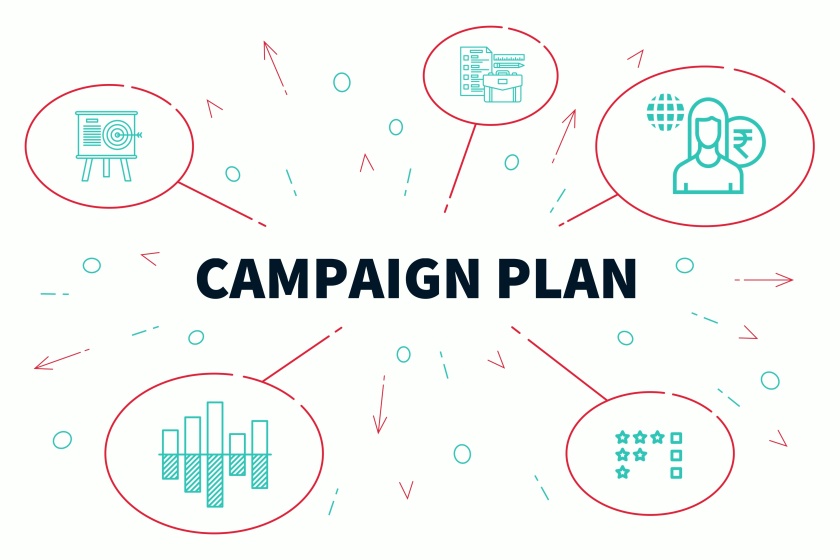
Professor Luttrell points out that first, we need to determine our purpose, considering why we want to use social, who we want to reach and what we want to say. We want to create exposure for these new campaigns, and create engagement, either by having people apply to be part of our leadership academies, come to local trainings or sign up for webinars. While I currently post on social media, we don’t have a strong presence yet, so we want to increase our presence for our main website in addition to our new campaigns. The voice, or “persona” that we want is informative, sometimes serious yet friendly depending on the post and information. We will also be re-sharing information from our partners such as the CDC and Truth Initiative when it is relevant to our campaigns.
To help people develop a social media plan, Professor Luttrell introduced the ROSTIR model.
- Research & Diagnosis: Analyze the situation to define the problem or opportunity.
- Objectives: Use SMART objectives to express
- Strategies
- Tactics – PESO
- Implementation: When the plan is executed
- Reporting/Evaluation: Evaluate your success and share it using the measurement plan determined by your objectives.

After attending this presentation, I wanted to find out more information about the ROSTIR model. Fortunately, Professor Luttrell’s blog has a wonderful infographic further explaining ROSTIR. Using this model will help me with not only crafting social media posts, but will help me as I start to create content for the new websites. While we have done the initial research to determine our audience, as well as the tone of our campaign, we need to figure out a strategy to meet the needs of this audience. We really want to avoid duplication with our current site, so a huge goal is figuring out what can we do differently for this same audience, while still sharing some valuable resources that already exist. I have been in a number of meetings to discuss objectives. Some are still being ironed out, and we have had some hiccups getting the new websites developed, which means that the target date for the launch keeps changing. But, we have had some success determining SMART goals, though they still need to be refined.
Fortunately, I have some great coworkers who I can bounce ideas off of, and who have great ideas to offer (and years of experience on the material). The ROSTIR will be able to help us really hash out these tactics, as well as determine (and stick to) our milestone goals and deadlines. This is crucial because we are being funded by grants that have very strict deadlines that we must adhere to. We also need to consider topic experts and asking them to contribute blogs, coming up with timelines and deciding how frequent and how many blog posts we want for this project. Finally, we will have to look at metrics for the websites as well as for our social media posts. The Content Marketing Institute reported in 2015 that 55% of B2B marketers admitted they were unclear on what content marketing success or effectiveness looks like (Schroeder, 2018). For teams that are so small and have limited resources, it seems like it could be very easy to get lost when it comes to determining and measuring success. But metrics are so vital for figuring out how to improve our strategy and revising it as needed. Using the ROSTIR model will help us with this process, as well as any new campaigns that we take on.
Professor Luttrell showed us examples of how you can take a serious message and apply humor, as demonstrated with the Highway Patrol. While this worked very well for the Highway Patrol, and works well for some of our partners, because our audience is not the general public, I don’t think this would work for us. The examples, however, did get me thinking about ways to craft content and social media posts that are different from our current style of posting, which is very straight-forward. I think going through ROSTIR with my colleagues will really enable us to bring people to our site (and keep them coming back) as well as increase awareness and engagement on social media for our current and future campaigns.
References
Luttrell, R. (2019, March). Leveraging Social Media & PR: A 4 Step Process. Presented at the Communications@Syracuse Immersion, Syracuse University, Syracuse, New York.
Luttrell, R. (n.d). ROSTIR Model. Retrieved from https://ginaluttrellphd.com/rostir-model/
Schroeder, B. (2018, April 4). How to Measure the Success of Your Content Marketing Campaign. Retrieved from https://powerdigitalmarketing.com/blog/measuring-the-success-of-your-content-marketing-campaign/
Ward, S. (2019, January 27). How to Run a Successful Marketing Campaign. Retrieved from https://www.thebalancesmb.com/how-to-run-a-successful-marketing-campaign-2948364
Featured photo from Adobe Stock




